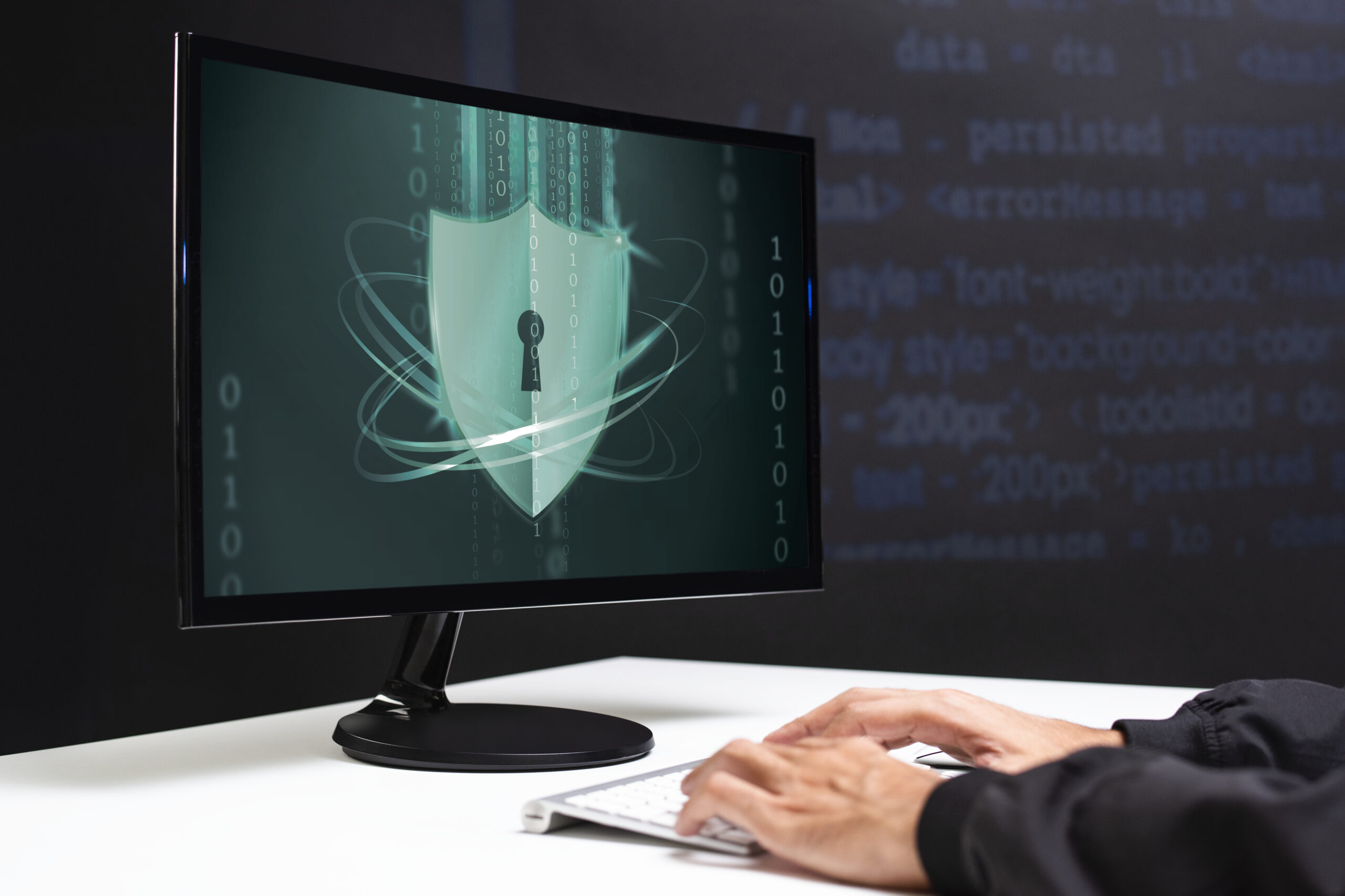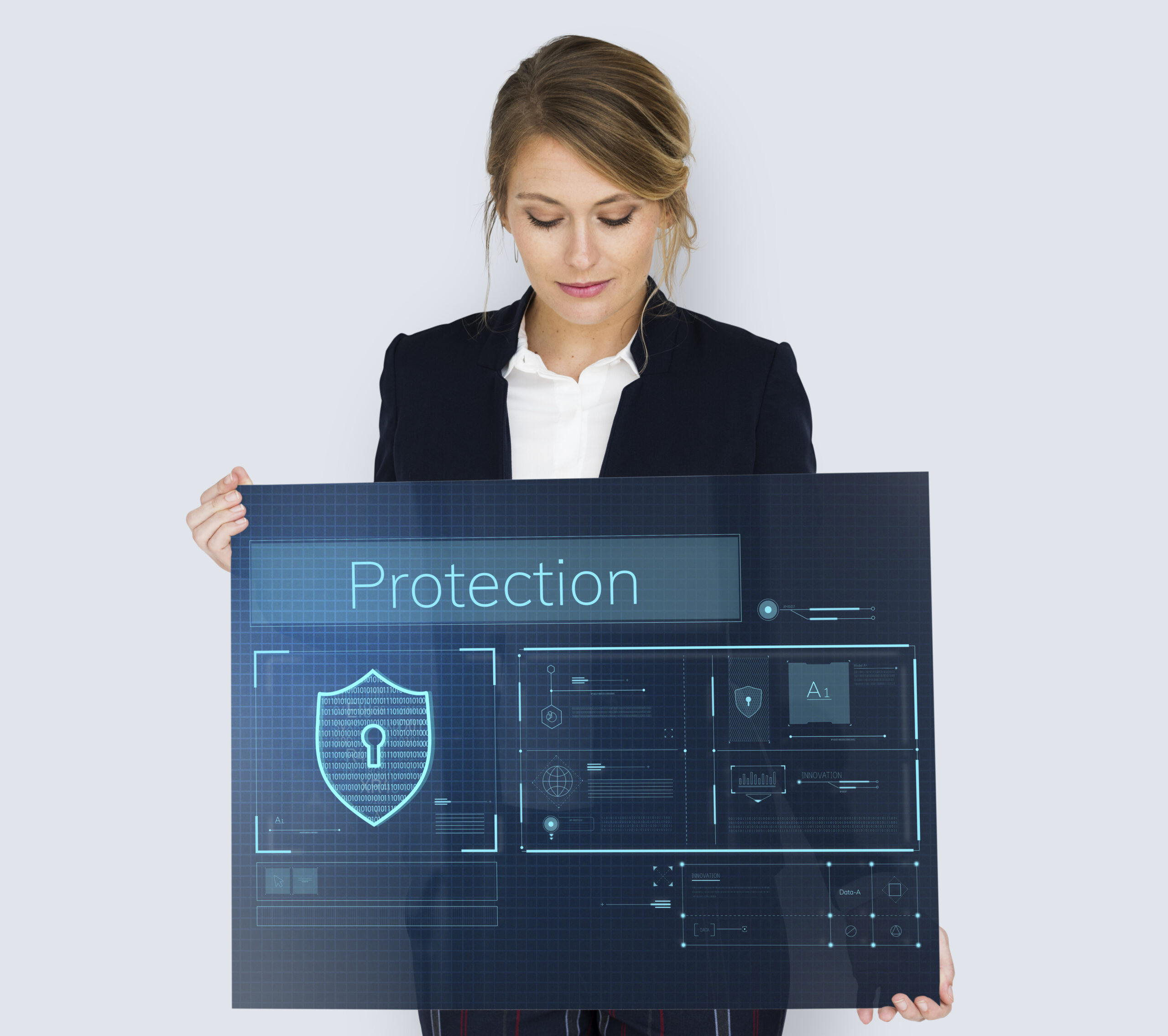Picture this: It’s Monday morning. You sip your coffee, open your laptop, and—BAM!—a flashing red screen screams: “ALL YOUR FILES ARE ENCRYPTED! PAY $500 IN BITCOIN TO GET THEM BACK.”
Your stomach drops.
That vacation album from Hawaii? Gone. Your tax documents? Locked away. That novel you’ve been writing for months? Held hostage.
This isn’t some Hollywood hacker movie—it happens to ordinary people every single day. But here’s the good news: You can stop it before it starts.
In this guide, I’ll walk you through exactly how to secure your computer excntech—with simple steps anyone can follow. No tech degree required. Just real-world advice that works.
Why Securing Your Computer is Like Locking Your Front Door
Remember that time you ran to the grocery store and almost left your house unlocked? That gut feeling of “Oh crap, that could’ve been bad?”
Your computer is no different.
- Every 39 seconds, a hacker attacks someone online
- 60% of small businesses hit by cyberattacks shut down within 6 months
- The average ransomware payout hit $1.5 MILLION in 2023
(And no, hackers don’t just target billion-dollar companies. They go after easy prey—people who think “It won’t happen to me.”)
Step 1: Your Digital Bodyguard—Antivirus & Firewall (Because Hope Isn’t a Security Strategy)
Would you walk through a bad neighborhood at night without pepper spray? Of course not. So why browse the web without protection?
Here’s Your Security Starter Pack:
✔ Antivirus Software (Bitdefender or Malwarebytes are my top picks)
✔ Firewall Turned ON (Yes, right now—go check!)
✔ Real-Time Scanning (Like a bouncer checking IDs at the club door)
Pro Tip: Free antivirus is better than nothing, but paid versions catch brand-new threats faster. Worth every penny.
Step 2: Software Updates—The Boring Task That Saves Your Bacon
Confession: I used to click “Remind Me Later” on updates for months. Then my friend’s laptop got hacked through an old Adobe Flash bug.
(Yes, the same Adobe Flash that doesn’t even exist anymore.)
Update Like Your Life Depends On It:
- Turn on AUTO-UPDATES (Windows/Mac/Browser)
- Delete Old Apps (That random PDF converter from 2018? Ditch it.)
- Manual Check Once a Month (Type “Check for updates” in your search bar)
Fun Fact: The WannaCry ransomware attack infected 200,000 computers simply because people ignored Windows updates. Don’t be that guy.
Step 3: Passwords—Why “Fluffy123” Won’t Cut It
Let me guess: You’ve got one “main” password you tweak slightly for every account? (Maybe adding a “!” at the end if the site demands it?)
Bad news: Hackers love people like you.
Password Rules That Actually Work:
🔐 12+ characters (Think “CoffeeTastesBetter@7am” not “Passw0rd”)
🚫 NEVER reuse passwords (A password manager like Bitwarden is your new best friend)
🔑 Two-Factor Authentication (2FA) (If your bank offers it and you’re not using it, we need to talk)
Mind-Blowing Stat: A 6-character password cracks in 10 minutes. A 12-character one? Hackers would need 200+ years.
Step 4: Wi-Fi—Your Invisible Security Weak Spot
True story: My neighbor’s kid “hacked” their other neighbor just by Googling “default router passwords.”
Turns out, the router login was still admin/password.
Wi-Fi Lockdown Checklist:
✔ Change Default Router Login (Find the sticker on your router—change it NOW)
✔ Use WPA3 Encryption (If your router offers it)
✔ Disable “Guest Network” Unless you really need it
Bonus Tip: Rename your Wi-Fi to something like “FBI_Surveillance_Van_3” to freak out snoopers.
Step 5: Backups—The Parachute You Hope Never to Use
My cousin lost every baby photo of her firstborn when her laptop got stolen. She hadn’t backed up in 2 years.
Don’t let this be you.
Backup Like a Pro:
☁️ Cloud Backup (iCloud, Google Drive, or Backblaze for full-system backups)
💾 External Hard Drive (Store it in a fireproof safe if you’re extra)
⏰ Automate It (Set it and forget it—weekly backups save lives)
Key Insight: The only backup that fails is the one you didn’t make.
Final Thought: Security Isn’t Paranoia—It’s Smart
Look, I get it. Reading about hackers and malware feels like watching a horror movie before bed—you start seeing threats everywhere.
But here’s the truth:
✅ 5 minutes to install antivirus
✅ 30 seconds to enable 2FA
✅ Once a month to check updates
That’s all it takes to be safer than 90% of people online.
So grab another coffee, open a new tab, and start locking things down. Your future self will thank you when the next big virus hits—and you’re sipping margaritas stress-free.
FAQs: Quick Answers to Burning Questions
1. How do I make sure my computer is secure?
Follow the 5 steps above—antivirus, updates, strong passwords, secure Wi-Fi, and backups. Plus: Don’t click sketchy links!
2. How to secure workstation computers?
Workstations need extra armor:
- Full-disk encryption (BitLocker/FileVault)
- User permissions (Not everyone needs admin access)
- Remote wipe capability (For when laptops grow legs)
3. How to make desktop secure?
Same rules apply! Desktops are bigger targets because they often store more data. Disable auto-login and consider a physical lock if it’s in a shared space.
4. What are the 5 principles of computer security?
- Confidentiality (Keep private stuff private)
- Integrity (Stop sneaky changes to your data)
- Availability (Keep systems running when you need them)
- Authentication (Prove you’re really you)
- Non-repudiation (Digital “receipts” for actions)



